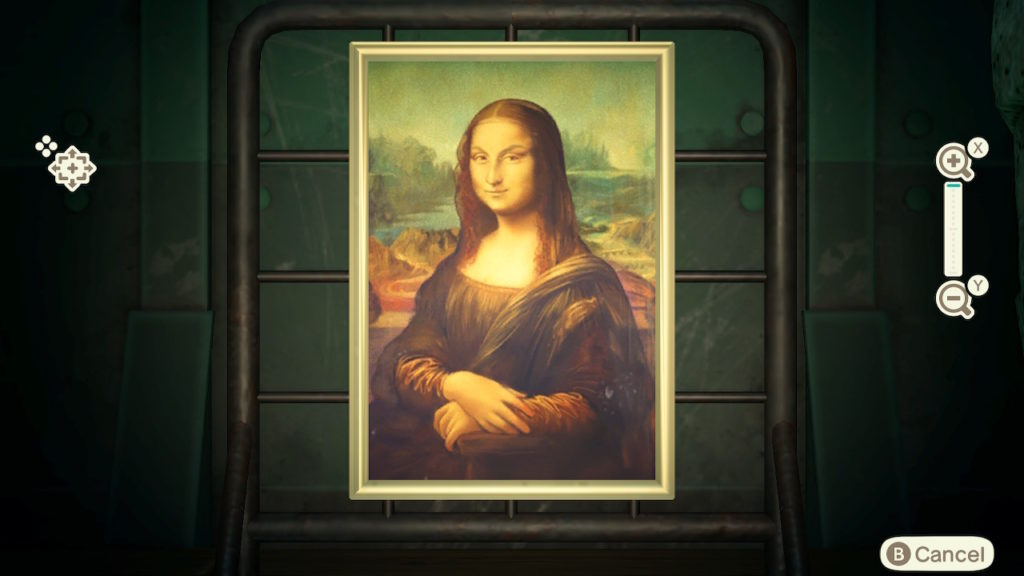Art World
The Hit Video Game ‘Animal Crossing’ Requires Players to Identify Forged Art Masterpieces—and It Might Stump Even Real-Life Art Experts
Can you tell the original masterpieces from the forgeries?

Can you tell the original masterpieces from the forgeries?

Tanner West

Gamers the world over are beefing up on their art-history knowledge in order to play the latest edition of Nintendo’s life-simulation video game “Animal Crossing: New Horizons,” which has become a runaway hit since it came out last month.
To the personal island operated by each player, a shady fox visits each daw with a trawler full of history’s most famous artworks, and they’re all for sale, letting you curate your own collection of priceless masterpieces. Only there’s a catch: most of them are sophisticated forgeries. If you want to get the works from your collection into the museum—a sprawling institution run by a discerning owl—it’s your job to separate the real from the fake.
And it’s driving the internet crazy.

A shady art dealer named Redd. Courtesy of Nintendo.
The fox, named Redd, shows up for each visit with four works of art, any number of which are counterfeits. Many are instantly recognizable—the Da Vincis, Van Goghs, and Vermeers of the world; others, less so—like those garden variety Old Masters that are familiar, but not immediately identifiable. (The works arrive with silly plays on the original titles—Twinkling Painting for Starry Night, say, or Gallant Statue for Michelangelo’s David—until they’re accepted into the museum, at which point our owl curator friend mounts a placard with the correct information.)
The best part? The game is actually hard. Mona Lisa’s eyebrows are slightly raised in the fake version, for instance; the Girl With the Pearl Earring’s titular jewelry is star-shaped in the facsimile. The fake version of Las Meninas features a background figure whose hand is raised roughly 40 degrees higher than it is in the real version.
Come on. Not even Velázquez knows the arm angle of, like, the ninth most important figure in that painting.
All the new art pieces you obtain from Jolly Redd need a new home! After donating your first art piece, the museum will expand with a new art gallery to display your donated pieces. Are you excited to fill this new exhibit with all your findings? #ACNH #AnimalCrossing pic.twitter.com/HwfckqUA7q
— Nintendo of America (@NintendoAmerica) April 21, 2020
A quick #animalcrossing search on Twitter or Instagram yields numerous examples of frustrated players fooled by Redd’s surprisingly adept forgery skills. Guides for spotting fakes have started popping up online, but before that users were left to piece together selections with their own blend of art-historical knowledge and sheer guesswork. (You could Google the words “moving painting naked figure seashell,” I guess, but who knows if you’d come up with Botticelli’s Birth of Venus.)
The game is so popular that even real museums have joined the party. Through a tool called the Animal Crossing Art Generator, which was launched earlier this month, the J. Paul Getty Museum lets you import any artwork from its collection of 70,000 objects into the user’s own virtual collection. This week, the Metropolitan Museum of Art followed suit, offering up its own collection for users. (Works from these museums are always authentic, but they can’t be donated to the game’s museum.)
Meanwhile, other players have gotten even more creative. Installation artist Shing Yin Khor has recreated notable contemporary artworks in the game, including Marina Abramoviç’s performance piece The Artist Is Present and Robert Smithson’s land art masterwork Spiral Jetty.